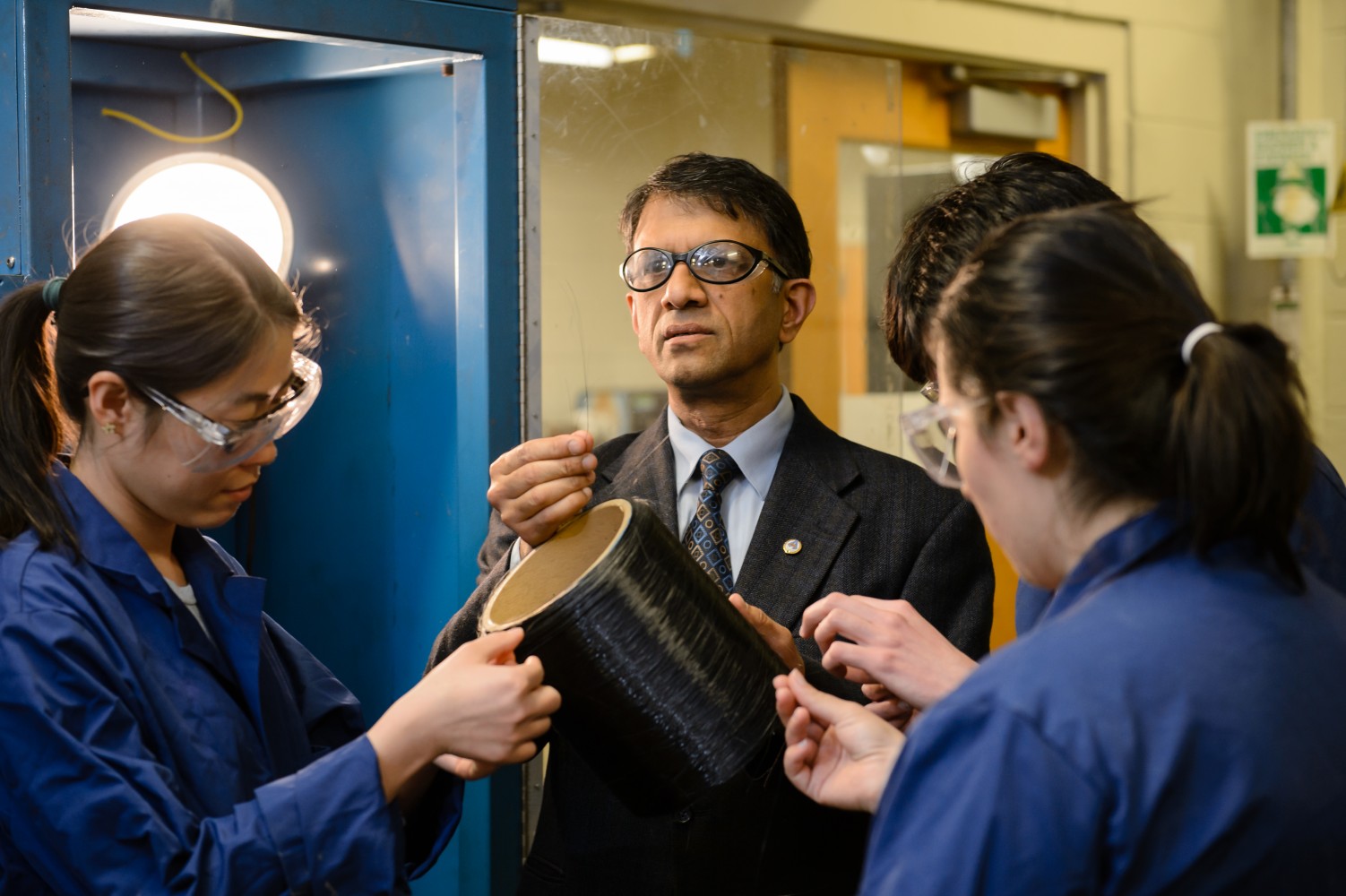
A professor at Clemson University in South Carolina, USA, has received US$2 million to develop lower cost composite materials for aircraft and luxury cars.
This latest round of funding comes as part of a collaboration with the Center for Composite Materials at University of Delaware. The center, which is leading the research, has received US$14.9 million from the Defense Advanced Research Project Agency for the Tailorable Feedstock and Forming Program.
‘Carbon fibers are commercially used in high-performance aircraft applications, including some in the Boeing 787 Dreamliner,’ Amod Ogale, the director of the Center for Advanced Engineering Fibers and Films, who received the funding, said. ‘However, such fibers are also very expensive, so there is significant interest in reducing their cost.’
The objective of the research is to make a low-cost feedstock and a manufacturing process. Researchers hope to create a new type of composite material they will call TuFF, which stands for tailorable universal feedstock for forming. Ogale plans to work with carbon fibers on a microscopic level. The diameter of each carbon fiber is one-tenth that of a human hair, yet the fiber is three times stronger than steel. Ogale and his group plan to generate a novel microtexture in carbon fibers.
Processing conditions
‘We will help the team understand how the molecular structure and processing conditions will influence the microstructure and strength of the resulting carbon fibers,’ Ogale said.
‘UDCCM is excited to lead a team of composite experts from Clemson University, Drexel University and Virginia Tech to develop a new composite material and manufacturing process,’ said Rob Adkinson, who is the TuFF program manager at the University of Delaware. ‘Bypassing all of the manufacturing problems associated with advanced composites, our approach will allow us for the first time to make composite parts having aerospace properties at automotive prices.’
This story is reprinted from material from Clemson University, with editorial changes made by Materials Today. The views expressed in this article do not necessarily represent those of Elsevier.



